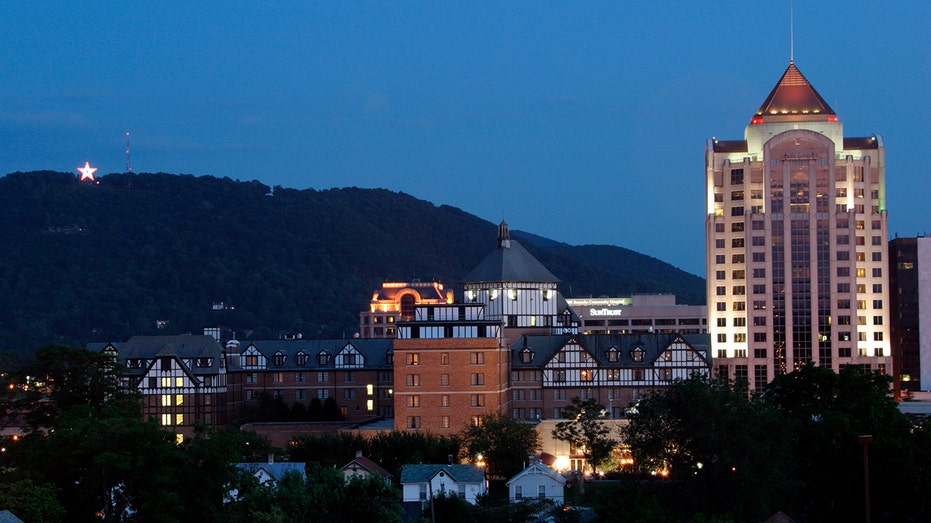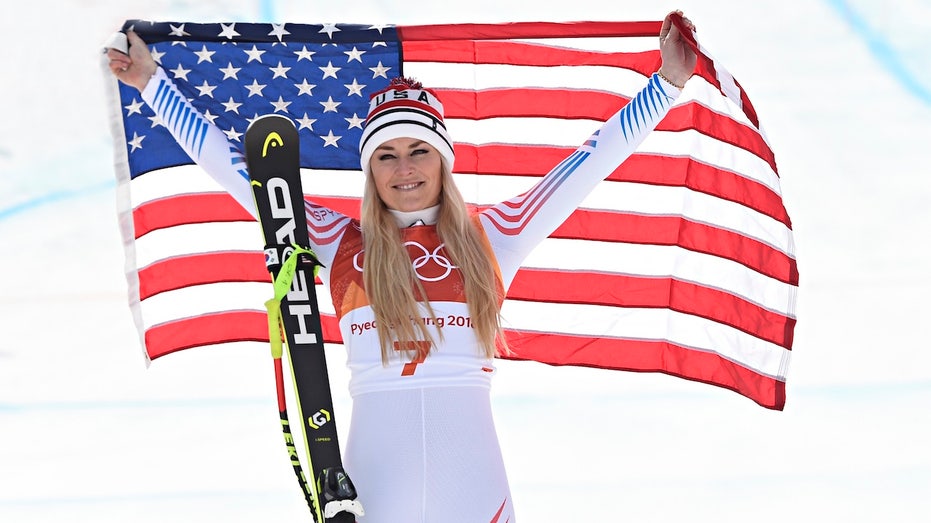The ongoing investigation into Virginia Democratic attorney general candidate Jay Jones’ reckless driving arrest and ensuing 1,000 service hours has now moved to its third jurisdiction – 200 miles across the state.
New Kent County Commonwealth’s Attorney Scott Renick was the original lead prosecutor in the case – before he recused himself last week in a notice to Judge Elliott Bondurant – who then appointed James City County Commonwealth’s Attorney Nathan Green to continue the probe.
Jones was originally picked up in 2022 in New Kent for going 116 mph on the notorious straight-arrow stretch of Interstate 64 between Charles City and the Hampton Roads Bridge-Tunnel.
Bondurant has since signed off on a new recusal from Green, and punted the case from Williamsburg to Roanoke.
VIRGINIA AG CANDIDATE JAY JONES CONVICTED OF RECKLESS DRIVING, CALLS IT 'MISTAKE'
Known for its famous Mill Mountain Star atop a verdant stretch of the Blue Ridge Parkway, contemporary downtown and industrial history remembered through iconic neon signage dotting its skyline, Roanoke is in very different confines from where Jones' original case took place.
New Kent and James City counties are reliably Republican, while Roanoke stands out in stark contrast as a dark blue circle on the map surrounded by deep-red Roanoke County and the conservative New River Valley.
The Star City’s lead prosecutor, Donald Caldwell, is a Democrat-turned-independent who is also the longest-tenured Commonwealth’s Attorney in Virginia, having been in office since 1979. He will be stepping down after his current term, according to reports.
MARK WARNER SILENT WHEN PRESSED ON WHETHER JAY JONES SHOULD DROP OUT OVER VIOLENT TEXTS
Fox News Digital reached out to Caldwell’s office for a statement on his office taking the case.
Green officially informed Bondurant on Thursday that he would be recusing himself because it would "be improper" for him to lead the investigation of Jones, without elaborating.
Jones recently represented nearby Norfolk in the state legislature, and later worked for the Protogyrou law firm in the city – which represented him in his reckless driving case.
Bondurant’s latest order, obtained by the Newport News Daily Press, kicked the case clear across to Roanoke in order to make it geographically distant from the Ninth Judicial Circuit -- which comprises both original jurisdictions and Virginia’s Northern Neck.
The move to Roanoke did just that as the Star City is four hours due west on US-460.
Questions have arisen about the validity or specifics of Jones’ 1,000 hours of community service – split evenly between his own political action committee: Meet Our Moment, and the NAACP of Virginia.
Representatives from both organizations submitted sworn documents obtained by Fox News Digital attesting to the work Jones purportedly completed, but no time logs or other documentation have been released or been made available as that timeframe accounts for nearly 20 hours per week over the course of the case – hearings for which had been delayed several times.
Specifics were also lacking in the sworn statements, as Rev. Cozy Bailey – leader of the state’s NAACP chapter – wrote that Jones "provided support in a variety of ways that benefited our organization tremendously."
A Freedom of Information Act request for documents and communications between New Kent County and the signatories of Jones hours returned a notification Tuesday that records could not be shared due to a section of Virginia code showing they would interfere with a particular ongoing criminal investigation or proceed in a "particularly identifiable manner."



